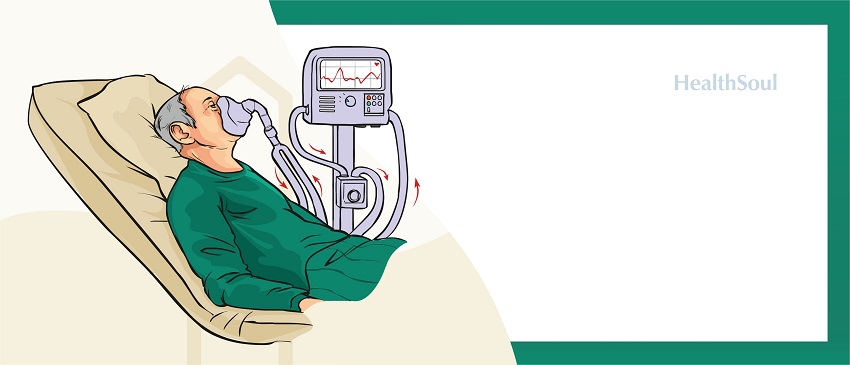Ventilation Techniques and Risk Transmission of Coronavirus Disease

As many know, mechanical ventilation is being used as a way to treat respiratory failure for patients who are dealing with coronavirus disease 2019 (also called COVID-19). Though it’s thought to be a helpful treatment that can save lives, there are multiple, consistent streams of evidence that weigh the benefits and the harm of certain ventilation techniques as pertaining specifically to those infected with and battling complications as a result of the coronavirus disease 2019 (COVID-19).
In this study published on PubMed.Gov on May 22, 2020, researchers, scientist, and medical professionals examine data from 21 Standard, World Health Organization-specific, and COVID-19 databases to compare the different oxygenation approach in patients with coronavirus infections, including severe acute respiratory syndrome (SARS), Middle East Respiratory Syndrome (MERS), or with hypoxemic respiratory failure.
Study Selection: Methodology to Consider
In this study, researchers and medical professionals examine data and animal, mechanistic, laboratory, and preclinical evidence that was gathered regarding aerosol dispersion of coronavirus.
These studies helped to evaluate the risk of transmission to healthcare workers from aerosol-generating procedures (called AGPS), too. The data was examined to help compare the different oxygenation approaches in patients with coronavirus dealing with SARS-CoV-2, SARS, MERS, and hypoxemic respiratory failure include independent and duplicate screening, data abstraction, and the risk of bias assessment.
Data Synthesis: What This Means
Ultimately, 123 studies were eligible for examination and data synthesis. Of these, 45 were COVID-19 cases, 70 were SARS, and 8 were MERS. That being said, only 5 studies (1 on COVID-19, 1 on MERS, and 3 on SARS) adjusted for important co-founders.
In one study that reported on hospitalized patients with COVID-19, it was recorded that there was a slightly higher mortality with noninvasive ventilation (NIV) than with an invasive mechanical ventilation (called IMV). That being said, 2 other studies (1 in a patient with SARS) suggested that NIV actually allowed for a reduction in mortality. Further, two studies in patients with SARS reported a reduction in mortality with NIV compared with no mechanical ventilation. Two other systematic reviews suggested a large reduction in mortality with NIV when compared with conventional oxygen therapy. Even further, other studies predict the increased odds of transmission from AGPs.
So, what’s the actual result here? Unfortunately, it’s not clear. Aside from the very prominent limitation of this study (that direct studies in COVID-19-specific cases are limited and poorly reported), there’s only an indirect and very low-certainty sample of evidence that suggests that NIV (like IMV) probably reduces mortality. But ultimately, this process could increase the transmission of COVID-19 to the health workers attempting to treat patients.

